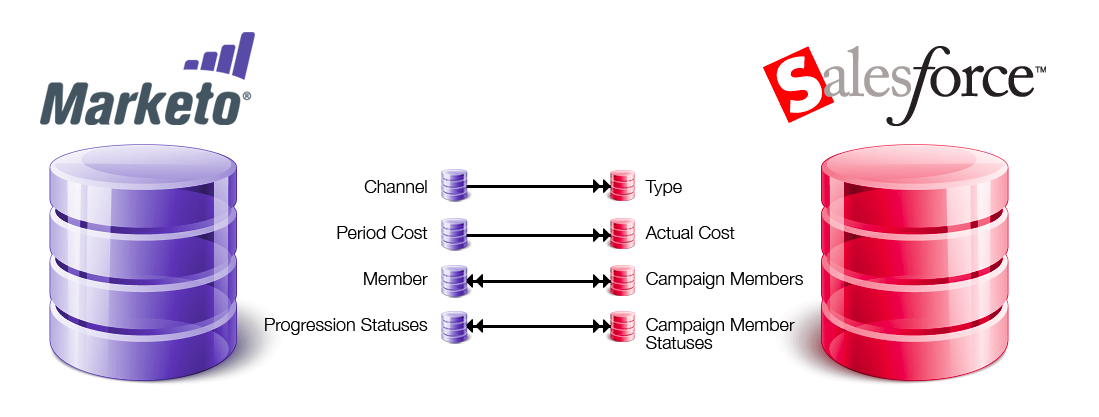The Power of Voice
Digital marketers experiment with Alexa, Siri, Hey Google, and other voice systems.
Voice interfaces are the next progression in a series of ever-adapting user interfaces that we utilize each day. At the beginning of figuring, there was the venerable punch card, which was a restricted character interface. The next step was to use graphical user interfaces (GUI). Following the presentation of the mouse, people then had a progression of GUIs that used more and more advanced layouts with modern operating systems. During the 90s, the blast of the Internet and website pages drove website architecture as the new frontier. Enter the cell phone in the early 2000s with another touch-based interface. Also, presently, with headway in neural nets, common language handling, and discourse acknowledgment, there are voice UIs (VUIs).
Using Voice Interfaces
Common interaction with Alexa is shown below. Alexa is the brain behind the Amazon Echo family of devices and other Alexa-enabled devices. Using Alexa is as simple as asking a question – just ask, and Alexa responds instantly. Alexa lives in the cloud and is always getting smarter.
Consider this conversation, it can look something like this:
User: “Alexa, do I need an umbrella today?”
Alexa: “It might rain in Seattle today. There’s a 55% chance. You can expect about 0.14 inches.”
A simple question, but many different things are needed to happen to get that response. And yes, it does rain frequently in Seattle.
How Does It All Work?
This diagram(1) is a high-level end-to-end flow for what happens when Alexa hears and responds to a question.

Alexa can make life easier and more fun. Below are some daily life examples
- Providing hands-free voice control for music and entertainment – “Alexa, play me some funky music.”
- Using voice to manage shopping and to-do lists – “Alexa, add milk to my shopping list.”
- Helping stay connected to the news that matters most to you – “Alexa, play my flash briefing.”
- Controlling smart-home devices such as lights, switches, thermostats, and more – “Alexa, set the bedroom to 72 degrees.”
Other than day to day life tasks, Alexa can also be used for integration with applications like Salesforce. Following are the usage
Create a New Lead: Alexa can walk the user through the process of creating a (simple) Lead in Salesforce.
Opportunity Status: User can ask Alexa for the status of any Opportunity by name and she will return the amount, stage and probability.
New Leads for Today: User can ask Alexa for any new Leads entered today.
Calendar for Today: Similar to the baked-in Google calendar integration, the user can ask Alexa to check the Salesforce calendar and let User know what is upcoming for today.
Amazon Echo App: The Amazon Echo App (iOS, Android & web) allows users to view the cards and information from Alexa. This makes it useful if the user wants to check the results of their skills or provide more information.
Similarly, Alexa is featured to get integrated with Marketing automation applications as well. Contact RightWave for assistance in connecting voice devices like Alexa, Siri, and Google Assistant to marketing automation and CRM systems.
Reference to the Diagram(1):https://trailhead.salesforce.com/en/content/learn/modules/alexa-development-basics/get-started-with-alexa




